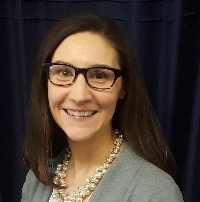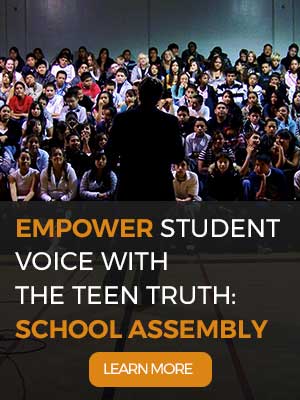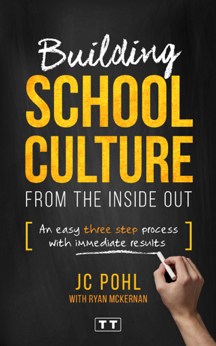A New Year’s Resolution Every Educator Should Make
The New Year is a time for new beginnings, setting goals and bettering yourself. My New Year’s Resolutions usually center around healthy habits, eliminating negative relationships, etc. etc. I usually do not have New Year’s Resolutions that encompass professional goals. This year is different. This year I will make a resolution that supports my students.
Our resolution is to match what we believe to the message we send about our students
Think about the faces of your students. Focus in on one in particular. Do you believe that they are capable of learning? Do you believe that they can achieve? Do you hold a growth mindset for this student? Most educators would say yes, but what words do we use to describe this student on a day to day basis?
“Our low students.”
“The students in the red zone.”
“Tier three students.”
“Behavior students.”
“Our ADD students.”
I have even said, “My dark red students” and “My low, lows.”
When I talk about students this way, does that match the mindset I hold for them? When I say my students are “Low, Low” can I also say that I believe that they can achieve? Do I really believe that?
Believe in Your Students
If students perceive that you believe them to be a proficient learner, they will rise to that expectation. If students perceive that you believe they have something to offer the school community, they will offer it. This year my resolution is to not just claim to believe in ALL students, but to make my words and actions match that belief, whether the students are in the room or not.
Words matter. Words become your perceptions and your perceptions become your beliefs. If your words and your beliefs do not match, people know it. Teachers know it, students know it, and parents know it.
Here’s the big takeaway: the way we talk about our students delivers the message of what we expect of them.
Unfortunately, it is totally acceptable within our school system to talk about our students in the ways described above, and I’m as guilty as the next person. We use these terms when we discuss interventions. We purposely plan instruction to support “those students.” We highlight their names in red, yellow, and green. I even buy my highlighters in those colors on purpose! But the fact of the matter is, how we talk about our students strongly messages what we expect of them. Students know what we expect of them and they rise to our expectations whether they are rigorous or not. If we message that we believe they have negative behavior, they will continue to exhibit that behavior. If we message that they are underperforming, they will continue to underperform.
Give ALL Your Students a Fair Start
I have a colleague who refused to read the culm folder associated with their new students. She felt that by doing this she was not giving the students a fair and open mind. She didn’t want the perceptions of past teachers to influence what she thought of her students. She said that many of the “behavior students” were not behaviors in her class. She said that many students who were underperforming, made great gains in her classroom. Was this due to the fact that she did not label her students and did not communicate limiting expectations? I think at the very least it is a concept we need to carry with us. Sometimes all a student needs to turn their performance around is a fresh start.
Change the Vernacular
How can we still be mindful of supporting students, providing timely and appropriate interventions and being intentional about instruction and behavior supports without these descriptive monikers? We must change the Vernacular to support what we truly believe about our learners.
Instead of “low” what would happen if we chose to say “striving?”
Instead of a “student with behavior” (like it was some cold they caught out at recess,) could we communicate “relationship focused?” We need our words to be asset driven, not deficiency focused.
Simple Steps to Make This Resolution a Reality
The trouble with resolutions is that they don’t work. However, what does work is a plan. So I’ve taken the time to outline a step by step plan to turn the above vision into a workable, actionable reality.
1. Take an Inventory
Over the course of the next few weeks be mindful of the words you use to describe your students. Pay attention in the classroom, in meetings, at home, and with your friends. After writing the words, inventory the words as asset based (words that describe a student’s assets) or deficiency based (words that describe a students deficiency). Do the words in your inventory match your beliefs about your students?
2. Communicate Your Intentions and Set a Goal
Brainstorm words to use that describe a student’s assets. Choose terms to eliminate from your vocabulary. Create a clear resolution that you can stick with.
3. Stay Accountable
Tell a friend, significant other or colleague about your resolution and ask them to check in on you progress and correct you if you describe your students in a limiting way.
4. Notice Change
Be mindful of how this resolution is changing the culture of your school and classroom. Are students noticing and responding to the change?
Finally, here is a printable worksheet to help you take inventory of the current vernacular at your school. I hope it helps all of us as we work to shift our mentality toward the assets and potential of our students.

Sarah Hayden
Instructional Coach, TEEN TRUTH





